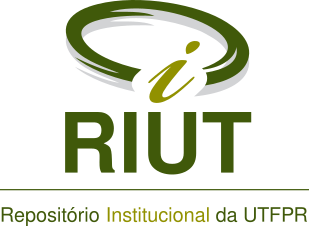Obtaining lactic acid by descontinuous fermentation using different fermentative media
Resumo
Lactic acid has multiple uses in several industries such as food, cereal derivates, beverage, cosmetic, chemical and pharmaceutical. Due to its wide applicability the process to obtain lactic acid is one of the most studied processes. The aim of this study was to produce lactic acid using fermentation of cassava meal (residue from cleaning the flour mill) and cassava starch (amilacious fractions of tuberous root raw materials) previously hydrolyzed and supplemented. The fermentation of both cassava meal and cassava starch was carried out using a solution at 18% (m/v), previously hydrolyzed with thermostable alpha amylase (Termamyl 120L) and amyloglucosidase (AMG 300L); supplemented with yeast extract and peptone. The microorganism, Lactobacillus casei, was inoculated under the following process conditions: pH 6.4; at 37°C and agitation at 100 rpm for 96 hours. The process was periodically surveyed in order to analyze the concentration of lactic acid; concentration of reducing sugars; pH; biomass and cellular feasibility. The analysis of the results permits to conclude that both cassava meal and cassava starch are promising raw materials for obtaining lactic acid by fermentative media.
DOI: http://dx.doi.org/10.14685/rebrapa.v1i1.2
Palavras-chave
Texto completo:
PDFDOI: 10.14685/rebrapa.v1i1.2
Apontamentos
- Não há apontamentos.
Direitos autorais





